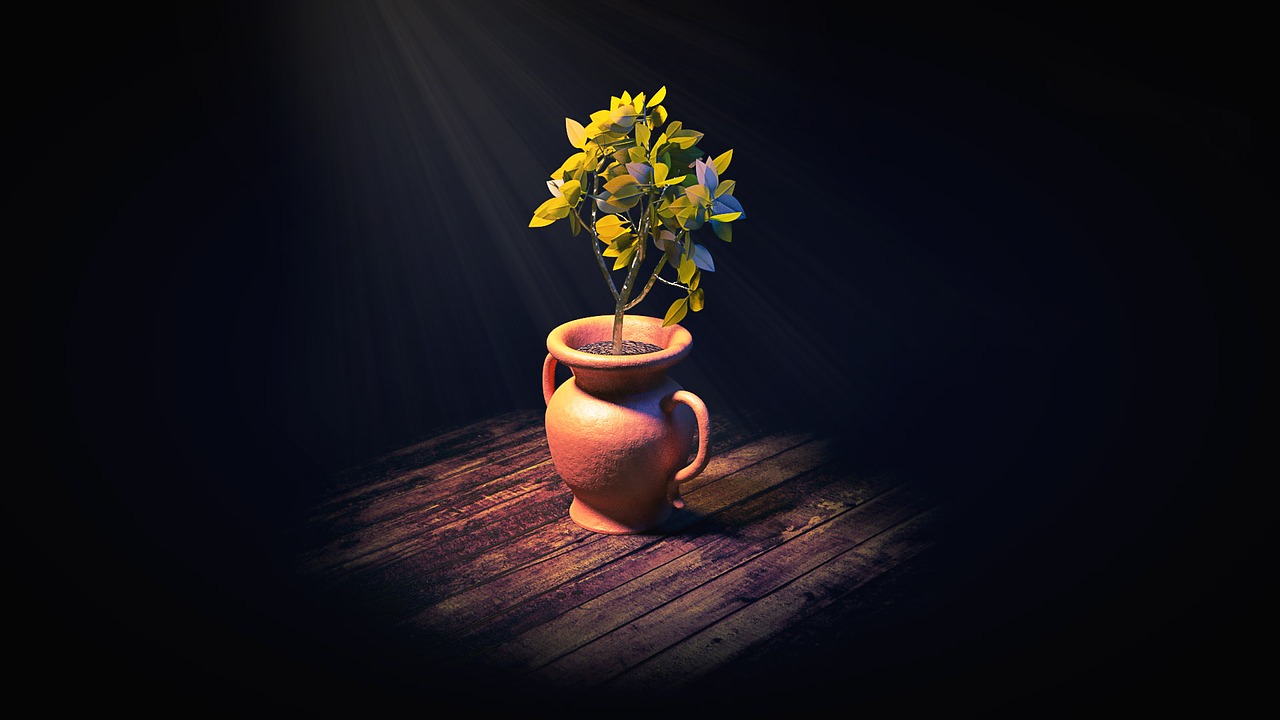
You’ve probably seen those aluminum foil sun reflectors that were popular for tanning in the 60’s, 70’s, and even the 80’s. They were a cheap way to maximize the sun’s power to tan skin, right? Right. And you can maximize light exposure for your indoor plants in much the same cost effective way. If you’re not using reflective surfaces in your grow room yet, it’s time to start.
Why reflect light?
When you grow plants outdoors, the sun provides a huge amount of free energy to help plants grow. But when you grow indoors, you foot the bill for every bit of electricity you spend on lighting. And that’s why it makes complete sense to utilize your grow lights as efficiently as possible. Reflective surfaces prevent light from escaping and redirect it back to your plants, meaning you get more light for less electric output.
It’s like insulating your house for winter. If you don’t provide insulation and block drafts around windows and doors, you’re going to be running heat more to keep the house at the same temperature as if you had insulated well and used less electricity. So when you reflect light you’re already generating, you can use fewer lights and less electricity overall, saving you money.
Another advantage of reflective surfaces is that they can allow light to better reach plants without the risk of burning the leaves. Grow lights emit a large amount of heat in addition to light, which means it’s a bad idea to get the bulbs too close to your plants. That’s also why you want to select reflective surfaces that diffuse the light; that is, they don’t create one hot focal point on your plant. So, a surface painted flat white is a much better option than mirrors in your indoor garden.
If your friends are trying to grow an indoor garden on a budget, share the simple tips in this article with them by clicking the Facebook or Twitter link at the top of the page.
Best reflective surfaces for indoor gardens
Certain reflective materials are better than others. As mentioned, mirrors, although they are extremely efficient reflectors, are not the best choice for plants. Reflective films, on the other hand, are fairly inexpensive ways to create light reflection, and they can end up making a big difference in how much energy is available to your plants for photosynthesis. Also, polymer films can be positioned nearly any way you need them to be--on walls, hung, or folded in half to make partitions for different garden segments.
What you absolutely should not do is hang bare lightbulbs in your growroom. That is the least efficient way to provide energy to your plants because none of the light is directed toward them specifically. Even hanging rigid shades with a white or metallic interior is more efficient than bare bulbs. Or better yet, get a light reflector that is made to maximize light coverage.
Chat with the Indoor Cultivator team for more tips on saving money by utilizing the right equipment and techniques in your indoor garden.
